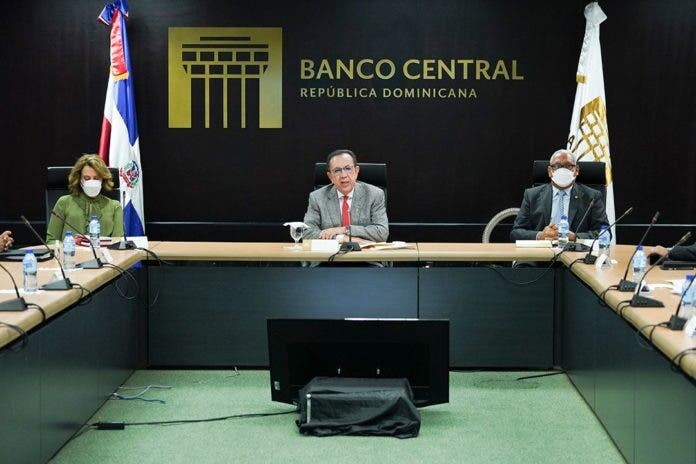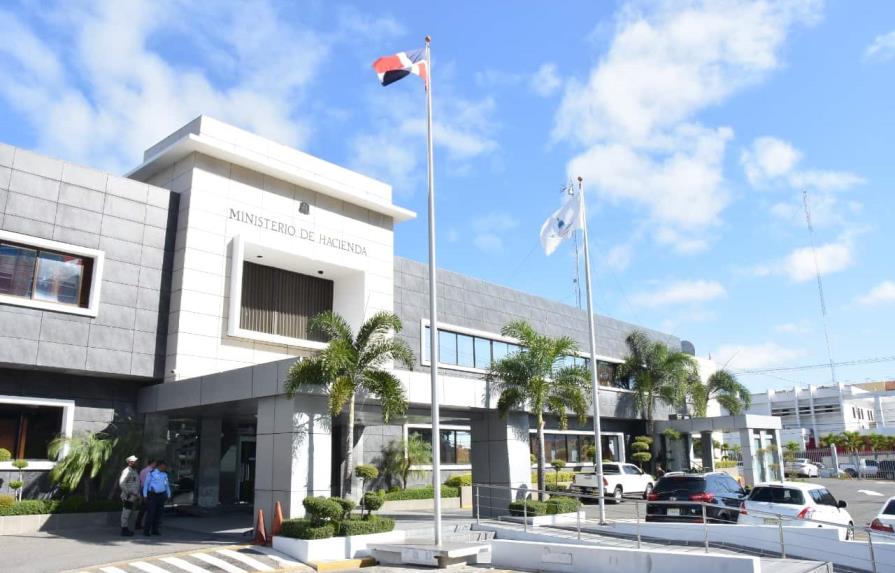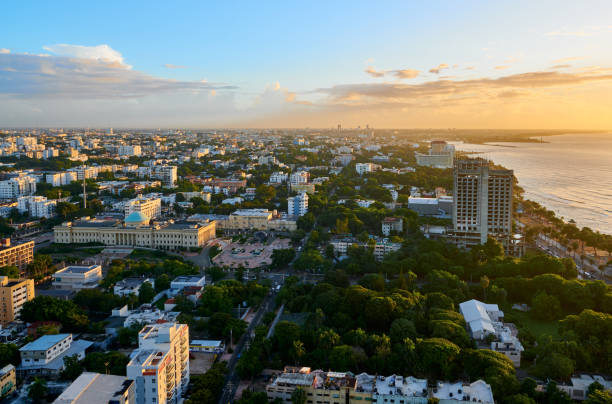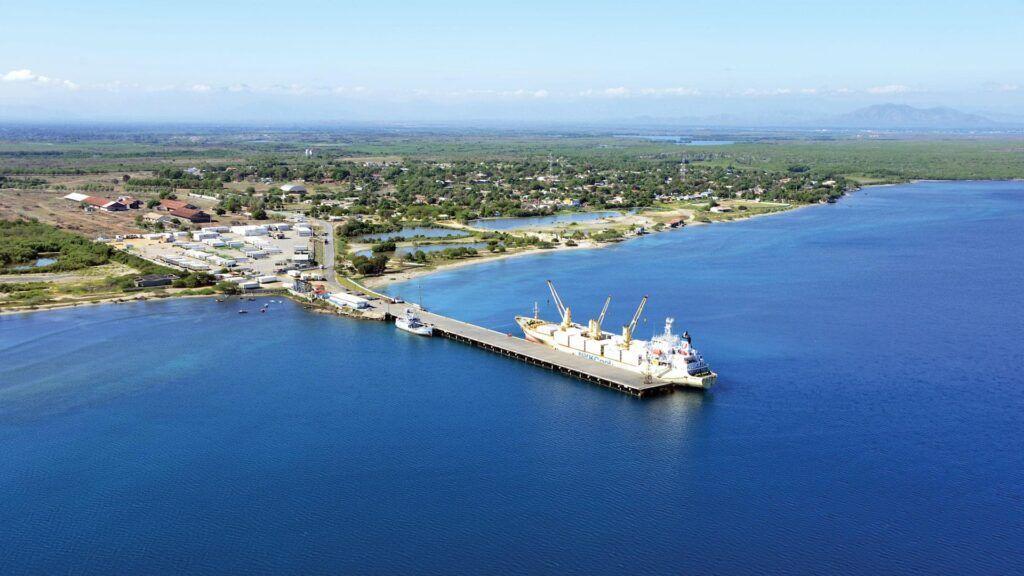Dominican economy grows by 10.6 percent in March

Preliminary results of the Dominican economy show an interannual growth of 10.6% during March, the governor of the Central Bank reported.
“This is the second positive rate since the start of the pandemic,” Albizu noted.
Valdez Albizu indicated that the country is already in an economic recovery, helped by the monetary and fiscal policy adopted by the onset of the pandemic in order to mitigate the adverse effects of COVID-19 on the economy and maintain an adequate flow of resources. towards the productive sectors and households.
“The Dominican economy continues to travel on the firm path of recovery. In this sense, after the growth of 1.1% in February, the preliminary figures of the Monthly Indicator of Economic Activity (IMAE) show a significant interannual growth of 10.6%”, stated Valdez Albizu.
“As of April 26th, 2021, the bank has disbursed 191,876.7 billion pesos through different liquidity facilities and repos through financial intermediaries, reaching nearly 90 thousand loans granted”, Valdez Albizu reported.
In addition, he said that as a result of the monetary easing measures, private loans in national currency grew 9.5% year-on-year at the end of March 2021, well above the average for the countries of the Latin American region.
Also, he specified that total exports of goods to March 2021 showed a growth of 7.5%, which meant an increase of 203.1 million dollars. “Particularly, the 12.1% increase in exports from free zones stands out”.
“Remittances maintain their dynamism, reaching the remarkable figure of 994.9 million dollars in March for a year-on-year growth of 91.3%,” the governor pointed out.
Héctor Valdez Albizu explained that according to the BCRD forecasting system, for the year 2021 real GDP growth is projected that points to a range between 5.5% – 6.0%.
The statements were offered by Valdez Albizu during a press conference at the Central Bank headquarters, where he indicated that the construction sector was the one with the highest growth last month (56.8%), followed by free zones (32.4%) and mining (21.4%).






